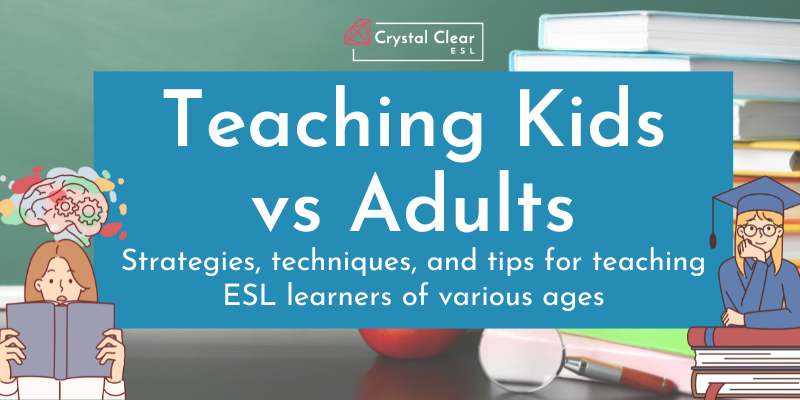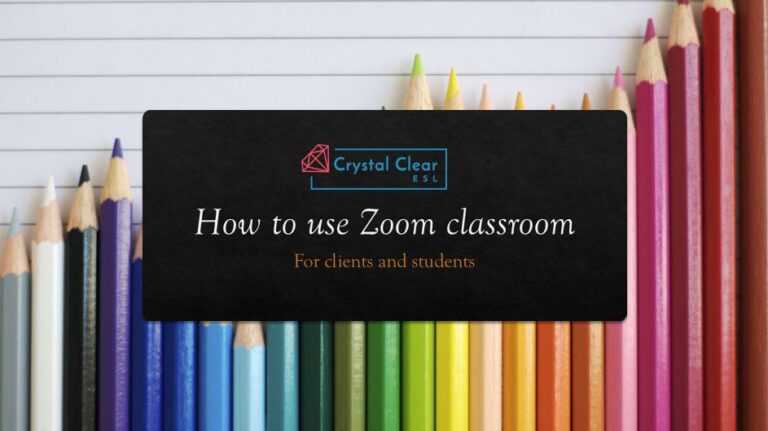Teaching Kids vs Adults: Strategies, techniques, and tips for teaching ESL learners of various ages
Teaching English as a foreign or second language to adults and children requires vastly different approaches to support each age group’s learning journey. As an ESL educator, it’s crucial to understand these distinctions to create effective learning experiences for each age group. In this blog, we’ll outline strategies, techniques, and tips for teaching learners of varying ages. So, without further ado, let’s explore the differences between teaching children and adults in the online ESL classroom.
Teaching Children

Children possess a magical, natural ability to acquire new languages before adolescence.
During this time, a young ESL learner will quickly pick up new vocabulary and pronunciation, and a new language will ‘stick’ faster than with adult learners. Children more often learn implicitly rather than explicitly, and linguists often say that children don’t learn a language – they acquire it.
Teaching children requires an approach rooted in understanding child development, cognitive abilities, and socio-emotional needs. Unlike adults, children are still developing foundational skills and concepts, so they require a more scaffolded and hands-on approach to learning.
Tips for Teaching Kids:
1. Keep up a solid pace ⏱️
Young learners have a shorter attention span than adults, so keep a steady, quick pace in class and don’t dwell on a specific slide or activity for too long – you can always come back to something your student struggles with in the following lesson. For children between 3-5 years old, attention spans usually range from 5 to 15 minutes for a single activity. By the time a child starts going to elementary school (6-11 years old), their attention spans may increase, ranging from 10 to 20 minutes or more, but they will still benefit from short, action-packed lessons and varied activities. Keep your lessons for kids short, sweet, and fun. ESL lessons for children should be no longer than 30 minutes, and teachers should keep up an energetic, cheerful energy in the classroom.
2. Vary multimedia and incorporate realia 🎶
Can you still remember some of the songs you learned in school? I sure can, and I can still recall my school’s anthem word-for-word over 15 years later- that’s the power of incorporating songs into learning – melodies and tunes are hard to forget! Incorporate songs, interactive games, storytelling, short videos and visual aids, like realia, to captivate a young learner’s attention and facilitate language acquisition. Provide young learners with opportunities for peer interaction and play-based learning whenever possible.
3. Gamify your lessons 🎲
When teaching young learners, your lessons can be all fun and games; learning will come naturally through play and experience. Learners of all ages can reap the benefits of a gamified learning experience – especially young learners. Read our blog about the benefits of gamification, then check out Crystal Clear’s Customisable Games membership for a library of 30+ interactive game templates bound to boost your student’s love for learning.
4. Motivate students with rewards 🏆
Young learners are usually learning English because they’ve been told to by their parents, so young learners are usually extrinsically motivated to learn. Motivate young learners to take part in tasks and activities by offering them rewards for their diligence. Some classroom platforms, like ClassIn, have a built-in reward button to give your students trophies for good work. You can also personalise rewards to suit a student’s interests. For example, if your student loves drawing on your virtual whiteboard, you can give them a fun activity like a maze, a colouring in page of their favourite cartoon, or a ‘connect the dots’ activity to enjoy after class. You can also use an app like ManyCam to send your students virtual stickers as rewards.
5. Don’t overcorrect ❌
Keep your corrections natural, and don’t harp on a young learner’s errors. If they make a mistake, just repeat back the correct sentence. For example, if your student says, “They is kicking the ball,” you could positively recast their sentence, “They are kicking the ball,” rather than overtly saying they’re wrong, and simply prompt your student to repeat the corrected sentence. Overcorrecting young students can break down their confidence and in turn, prevent them from putting new language skills into action.
6. Incorporate movement and TPR 🙈
Children are naturally more energetic than adult learners, so incorporate movement and TPR into your lessons to channel a student’s energy into movement-based tasks, like scavenger hunts, ‘Monkey See, Monkey Do’ and ‘Simon Says’ games. You can also make up fun dances to accompany the songs you sing in class to give your students a multisensory lesson.
7. Maintain good classroom management 👩🏫
While young learners often come to class with bundles of energy, this can disrupt or distract from the learning experience if classroom protocol is not enforced. This can be especially true when teaching a group of boisterous six-year-olds who are more interested in showing you their toy collection than participating in a task. When teaching groups, don’t be shy to mute students when it’s not their turn to speak, and ensure each learner gets an equal opportunity to participate in the lesson. Ensure your students’ parents are aware of your classroom rules before onboarding a new student to prevent spending more time managing class behaviour than teaching.
Check out Crystal Clear’s Kids Curriculum for pre-planned lesson materials specially created for children and pre-A1 – B1 learners.
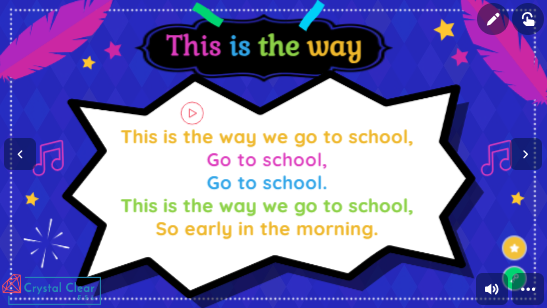
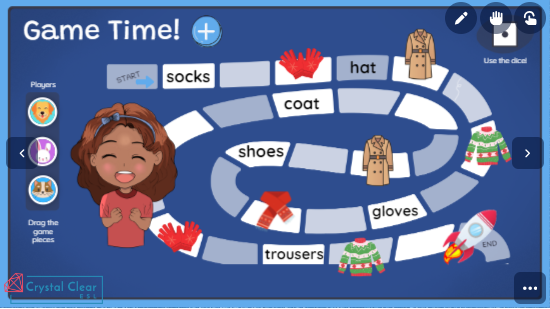


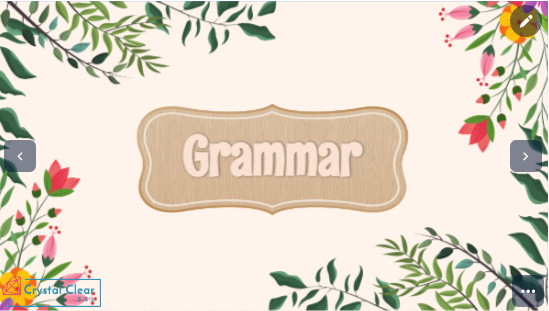
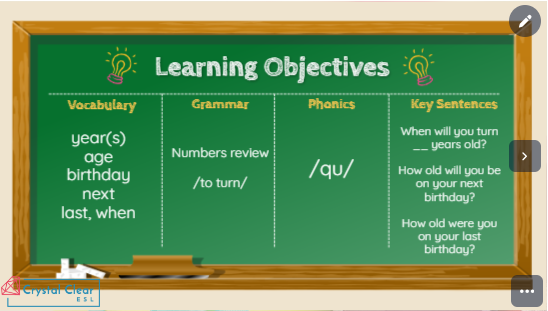
Levels 2-5 VIPKID
Cambridge Starters to Movers
Teaching Adults

Remember that magical ability pre-adolescents have to acquire a new language?
Well, unfortunately, around puberty, that natural ability to pick up a second language starts to steadily decrease as we get older (oh, the joys of aging!). Adults have varying levels, needs, and difficulties when learning a new language. Unlike children, adult learners must intentionally learn a language to gain proficiency or fluency. Adults typically come to the classroom with a wealth of life experiences, preconceptions, and varying levels of motivation. Adult ESL learners are often intrinsically motivated to learn; either to be accepted into tertiary education, for work, travel, or personal interests. Adult learning principles, pioneered by Malcolm Knowles in the 1970s, serve as a guideline to select and create appropriate lesson materials for adult learners.
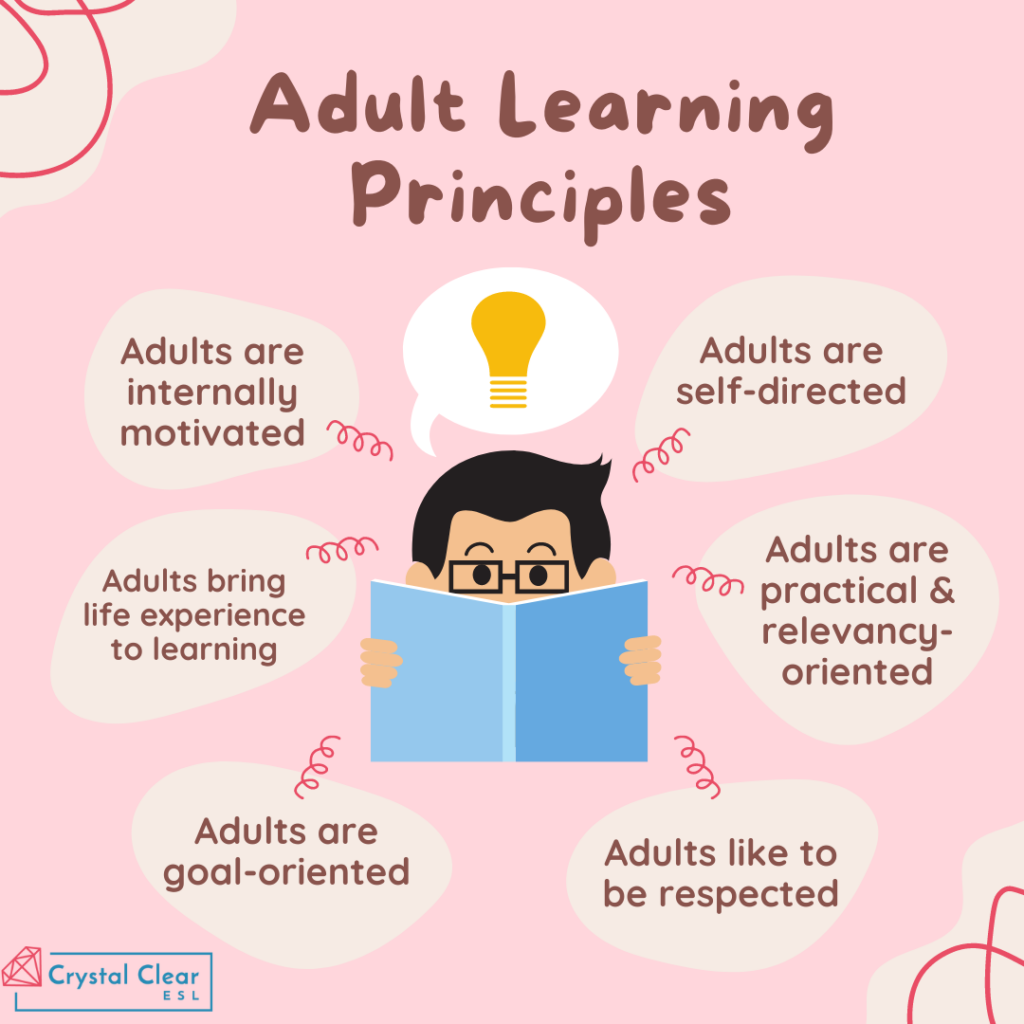
Adult Learning Principles and Tips for Teaching Adult Learners:
1. Adults are internally motivated and self-directed
Adults are often motivated by personal goals and interests. They are usually learning English because they want to or because they see the direct benefit of learning a new language. Adults thrive in environments that empower them to take ownership of their learning journey, allowing for autonomy and self-directed exploration.
💡 Top tip! Provide an opportunity for adult learners to reflect upon their experience after participating in a lesson, and give them detailed and actionable feedback after each lesson. Not sure how to craft feedback that inspires rather than criticises your students? Read our guide on giving feedback here. Adults may have a large reservoir of motivation, but they can easily get demotivated if they are not making progress or struggling to pick up new language concepts. Adults may feel more self-conscious of their mistakes or embarrassed about their skills and progress and therefore, more reluctant to experiment and put new language skills into practise. Remind your students that mistakes are a natural part of the learning process and give adult learners the opportunity to self-correct their errors.
2. Adults bring life experiences and knowledge to learning experiences
Leverage the wealth of experiences adults bring to the classroom by incorporating discussions, case studies, opinion-based tasks, real-life simulations, branching scenarios and problem-solving activities to encourage reflection and deeper understanding.
💡 Top tip! Adult learners rely heavily on their experiences when they engage in learning, so use content that draws from real-world examples and relatable scenarios in your lessons for adult learners.
3. Adults are goal-oriented
Tailor your materials to suit your student’s interests and goals. Before taking on a new student, find out why they are taking English lessons, whether it’s for studying, work, travel, or their own development, and use this information to select appropriate materials.
💡 Top tip! Work with your adult students to set realistic and achievable goals before embarking on their learning journey. Remember to reflect back on these goals and celebrate your student’s achievements when these goals are met.
4. Adults are practical and relevance-oriented
Adult learners appreciate learning experiences that are directly applicable to their lives, careers, or interests. Use learning outcomes and task-based activities to demonstrate the value and benefits of the learning materials to your adult students.
💡 Top tip! Teach adult learners casual language and idioms relevant to real-world situations. For example, if your student is learning English to improve their work performance, you can teach them common phrases and expressions that will crop up in a work environment, like ‘on the ball’, ‘back to the drawing board’ and ‘go the extra mile’.
5. Adults like to be respected
Make sure you use age-appropriate materials when teaching adult learners. Steer clear of animated and cartoon imagery and incorporate real-world materials into your lessons.
💡 Top tip! Use various digital realia, like online articles, menus, maps, blogs, YouTube videos, and podcasts in your lessons for adult learners.
Check out Crystal Clear’s Advanced Curriculum and Specialised Materials for Adults for pre-planned lesson materials tailored for adult learners and students who are B1 – C2 proficiency.
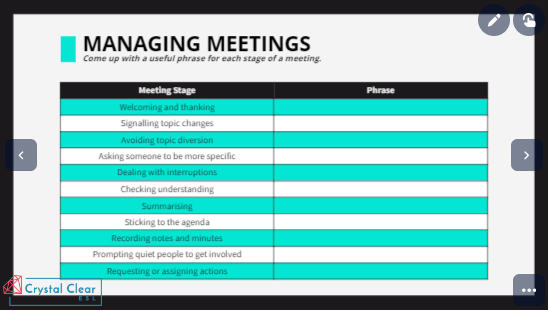
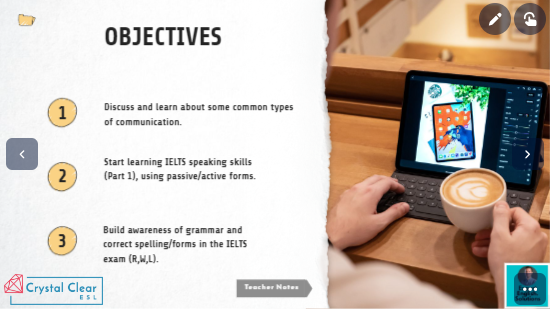
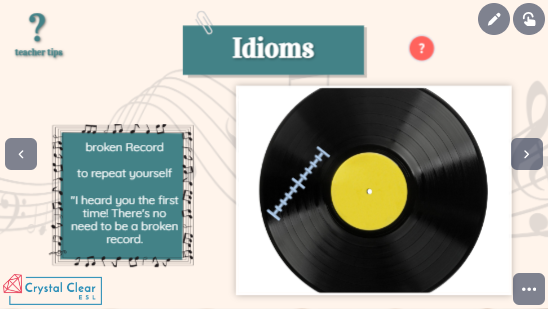
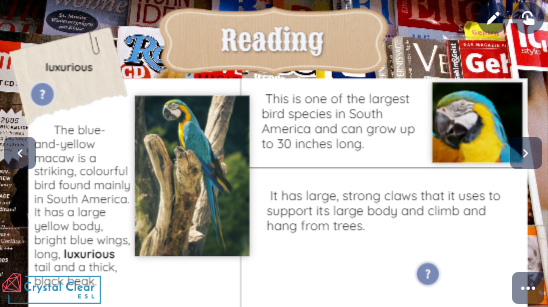

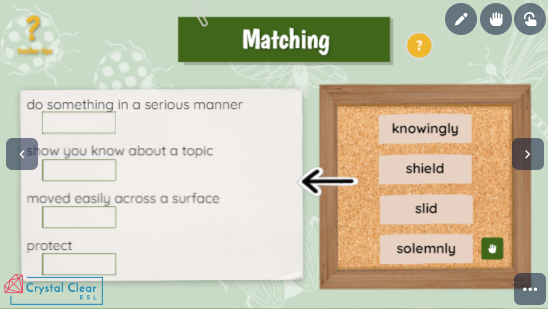
Whether guiding adults on their language learning journey or nurturing the minds of young learners, the key lies in adaptability, creativity, and a deep understanding of learner-centered pedagogy and andragogy. With the above tips in mind, you’ll be well on your way to mastering the art of teaching any age group!

